Warwick Wind Turbine Build Report.pdf - Engineers Without Borders ...
Warwick Wind Turbine Build Report.pdf - Engineers Without Borders ...
Warwick Wind Turbine Build Report.pdf - Engineers Without Borders ...
Create successful ePaper yourself
Turn your PDF publications into a flip-book with our unique Google optimized e-Paper software.
1 IntroductionIn October 2010, EWB <strong>Warwick</strong> installed and connected to the University grid a 1.1kWHugh Piggott wind turbine built by the students on a course led by V3 Power. The windturbine is now fully operational and providing the grid with a clean source of electricity.This report includes all the funding, planning, risk assessment, testing, installation, andmaintenance information for the EWB <strong>Warwick</strong> <strong>Wind</strong> <strong>Turbine</strong>. Hopefully it providesinformation that will help build further DIY wind turbines.Disclaimer: this report contains the information used to build, test, and install the EWB<strong>Warwick</strong> <strong>Wind</strong> <strong>Turbine</strong>. It is by no means a report of what should be done to build andinstall a DIY wind turbine – less or more may be needed for individual projects - but it isan example of how it can be done. Hope it helps.<strong>Engineers</strong> <strong>Without</strong> <strong>Borders</strong> <strong>Warwick</strong> is a Students Union society at <strong>Warwick</strong> University,and a member of the national <strong>Engineers</strong> <strong>Without</strong> <strong>Borders</strong> charity working to promoteinternational development (www.ewb-uk.org).V3 Power are DIY wind turbine specialists, particularly in the Hugh Piggott design windturbine, and have wide experience in building, testing, and installing battery chargingand grid connected wind turbines (www.v3power.co.uk).Hugh Piggott designed his axial flux wind turbine in his book ‘How to build a windturbine’, which has received widespread success and been adopted widely. Hugh nowruns courses on how to build the Hugh Piggott wind turbine and has a wealth ofinformation on his website www.scoraigwind.com. This report is in no means asubstitute for buying his book which is a must by!2 FundingEWB <strong>Warwick</strong>’s budget for 2009-2010 was around £500 which meant that othersources of funding had to be found. The final funding for the project was:EWB UK Training £1610University Estates Office £1400School of Engineering £1330Course Participants 16*£60 = £960<strong>Warwick</strong> Retired Staff Association £500Bircham Dyson Bell (Adam Perrin’s father works for) £335 (for planning application)SU Project Fund £300Vice Chancellor £250From EWB <strong>Warwick</strong>’s experience it is more likely to gain funding from Universitybursaries than large companies, since the companies do not gain much publicity forsmall scale projects. Another factor experienced was that sources of funding were muchmore willing to back a project with a good plan and already backed by one source offunding – getting the first source of funding is the hardest! It may also be worthconsidering engineering institutions such as the Royal Academy of Engineering and theInstitute of Mechanical <strong>Engineers</strong>.1


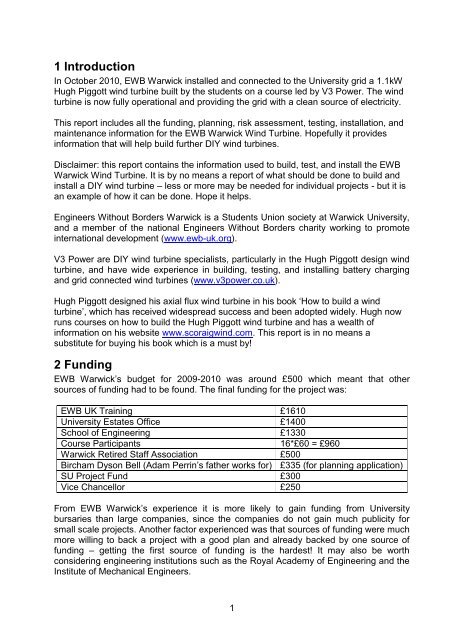
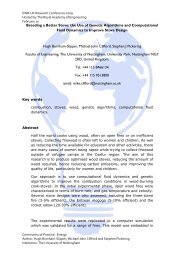
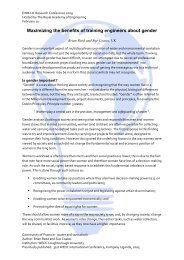

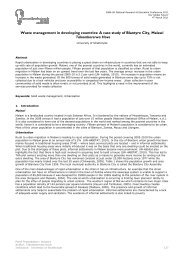
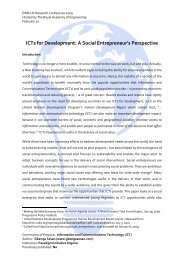
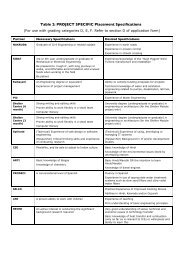

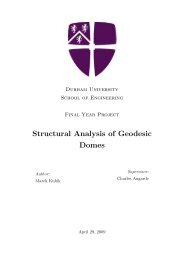
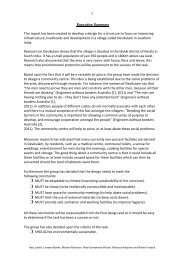
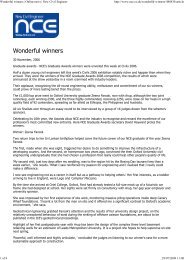
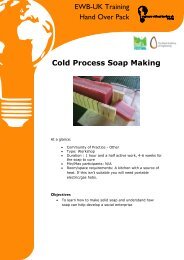
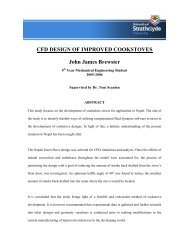
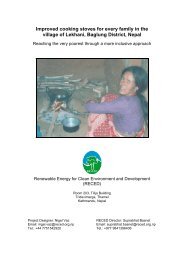
![Ethical Fundraising Guidance[1].pdf - Engineers Without Borders UK](https://img.yumpu.com/36288951/1/184x260/ethical-fundraising-guidance1pdf-engineers-without-borders-uk.jpg?quality=85)